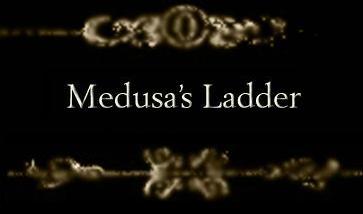|
|
|
|
|
|
|


|
9.10.10 Notes on the Esoteric Nature of Cartoons (Part 1) It's not a great revelation that cartoons are aligned with esotericism, but I've lately viewed a few things that have made me consider just how deeply that alliance runs. It's a big subject, has been addressed, and certainly deserves much more consideration than this article can provide, so I'm essentially just going to throw some ideas around here. It's asserted that fairy tales are a manifestation of the unconscious, and perhaps cartoons can be considered as a postmodern forum for and repository of fairy tales, both classic and newly forming. They have a lot in common after all. Cartoons and classical fairy tales are both manufactured by adults with the guise of being for children, but oftentimes have very ‘adult,' dark, and complex messages. Many of the earliest cartoon full length features actually are fairy tales: Disney's Snow White, Cinderella, and Sleeping Beauty. It doesn't seem coincidental or even novel—animation seems a custom made medium for these stories, and it almost seems pointless to ponder the idea of “why,” because it seems so correct. But I think that's in order. What is it about the nature of a cartoon or animation that lends itself to fairy tales and esoteric notions? Cartoons are fairly Trickster-like by nature. Reality is the template, yet unreality is the total point. There are people, jobs, interpersonal dynamics, common situations, but everything is on its head in the freakish Otherworld: animals speak, violence is hilarious. Even many (perhaps even most) prominent cartoon characters are classic Tricksters: Bugs Bunny, Road Runner, Bart Simpson, Shaggy, Jerry, Pink Panther, etc. In cartoons, there are no laws of physics, no restrictions of time or space, no rules or conventions that must be adhered to in other similar storytelling methods such as plays or film, which must obey mundane physical rules to some extent. There's a sense of and natural inclination toward imagination, thought unrestrained, which of course is associated with the unconscious .So it makes sense then that fairly tales, which as I stated, are said to be a manifestation of the deep collective psyche, are chosen as the stories to explore.
I realize I'm making much of this cartoon, but it's as if it answered some unasked question for me. When I was a kid in the early 1970s, there was a Pizza Place called Straw Hat that used to show weird old cartoons and strange movies on a large screen—there seemed to be some kind of Vaudeville-era Revival thing going on with pizza places and ice cream parlors around that time. I can't describe my fascination with those cartoons and movies at Straw Hat. They were terrifying in a sense because I had no context for their weirdness, but perversely appealing for the same reason, and there was a sense of hyperreality and magicalness . After seeing this Betty Boop cartoon, I think I've realized that feeling was due to the innate and rich esotericism in those early cartoons. When discussing cartoons, it's hard to leave out the pervasiveness of modern Disney. There's an entire generation that's been reared on it, and although it's hard for me to understand the appeal because I am outside that generation, I think I'm starting to understand it a bit after considering the source from which cartoons may spring. In the next Medusa's ladder I will explore that along with ideas about comic type cartoons and ideas about CGI and 3D in film.
Visit Richelle's blog: Beamships Equal Love
|